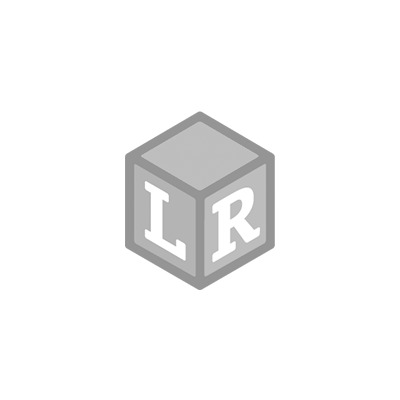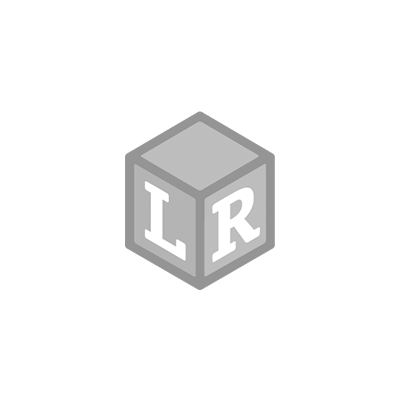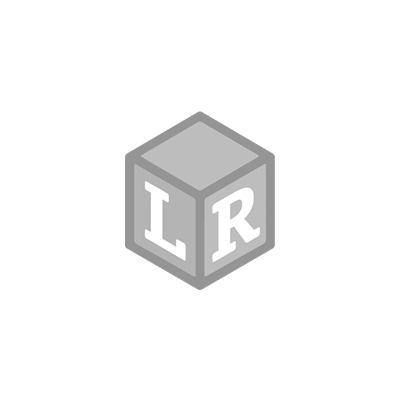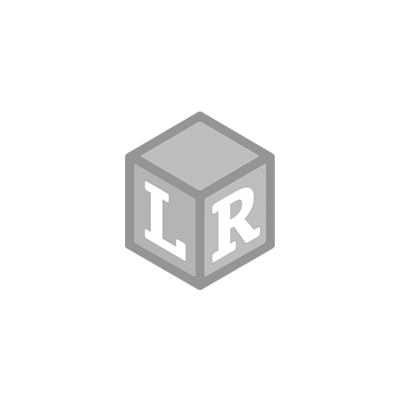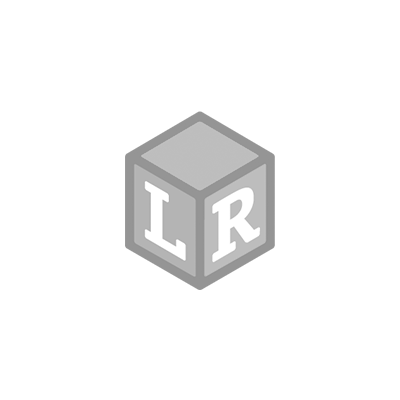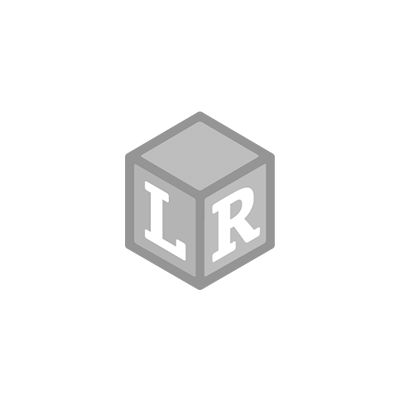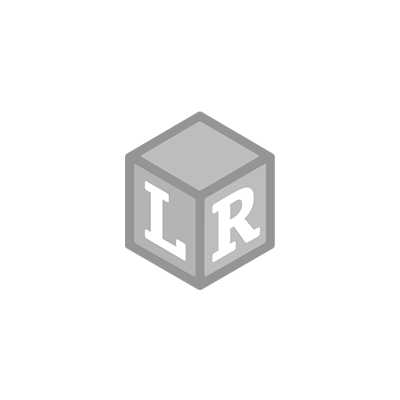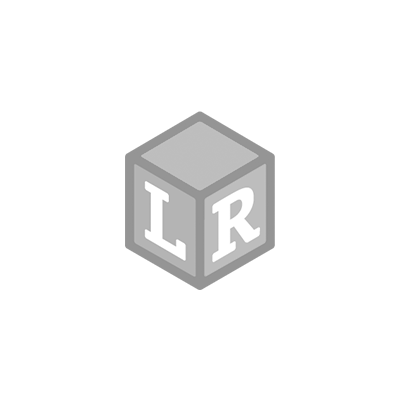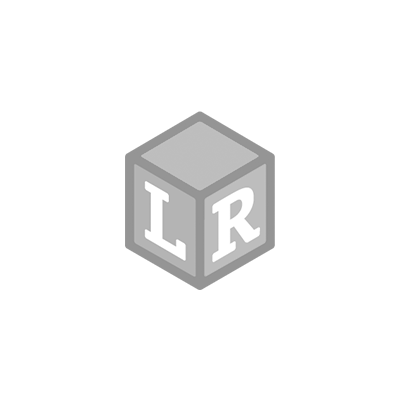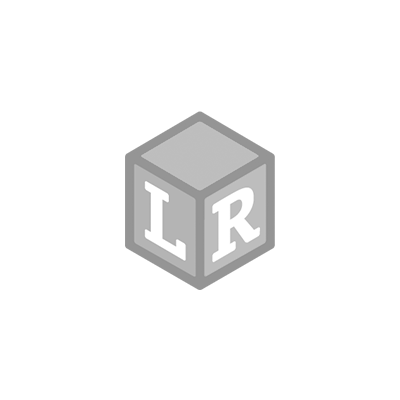Learn maths with money
- Learning Resources Posted On Nov 18, 2020 | Learn
Playing shop is a fun way for children to learn money sense and build maths fluency through fun creative play. Guest blogger, mum and maths teacher Nazreen Ichhaporia - Math.Mama on Instagram - explores how she has introduced money-related maths learning activities to her son's playtime.
Learn maths with money: A guest blog by Nazreen Ichhaporia
The aisles are full of delicious fruit and vegetables, the freshly baked doughnuts are flying off the shelves, the cashier greets each shopper by name and counts their change out loud. Part of me thinks I'm in a Middle Eastern Bazaar. All that's missing are a few hanging tarps, silk carpets and dried fruits. But I'm not in the Middle East. I'm in the middle of my son's playroom! He throws items back into the basket, hands back a few coins to his friend and takes a big pretend bite out of a wooden carrot.
Children enjoy watching and imitating, and by doing so get to understand the world around them. My son has always been interested in what I am doing. Some of his favourite activities include helping me put dirty clothes in the washing machine, stirring food in pots and pans and putting items in the trolley at the supermarket.
Have a maths adventure through play
Like many children, one of his first outside experiences involved going to a supermarket, and this regular outing was later reflected in imaginative play at home. Even the swiping of the loyalty card is something I would find him imitating with random bits of paper.
As I look around the playroom, I can see so many skills being developed. Children learn about counting and money recognition whilst exchanging coins. They practice sorting when organising items in their shop.
Mathematical concepts such as weight and volume are practiced whilst weighing and trying to fit items into baskets, trolleys, containers, and bags. Creativity is also clear when children design their own shop layouts and role plays. Learning the basics of money through this kind of play is a great precursor to the tasks that will be expected of children once they get to school.
Here are 10 fun activities that transform your little one’s play supermarket into a maths adventure land:
1. Ice-cream shop

A Learning Resources Cash Register is a toy that can grow with a child. A young child will simply play with the buttons, but as they grow and math skills start to develop, they will take an interest in counting coins to pay for items. A grocery store is one type of set-up, but here we created an ice-cream shop.
This works well because children can design their own ice-cream by selecting a range of toppings, adding up the total cost for the ice-cream and paying for it. Children can also practice subtraction by calculating the change for each ice-cream purchase. For artistic children, an ice-cream shop is also a wonderful opportunity to get out bright colours and invent different ice cream designs and flavours!

This activity was inspired by my mother - a child at heart and a great lover of ice-cream. When visiting us, she would race to our local ice-cream shop and select all the toppings, forgetting that each extra topping would increase the price of her sweet treat. I always laughed at her surprised reaction when the cashier told her the final price; however, she always said it was worth it.
2. Coin sorting

Sorting and classifying are mathematical skills that children develop from an early age. In fact, research shows that children who develop these skills at a young age take to mathematics more easily later.
When cleaning up toys, children naturally practice this skill, putting the plastic construction blocks, and wooden building blocks in separate baskets. Grouping toys by colour, shape or size is a popular activity for children and the same can be done with coins.
Coins can be grouped according to value, size, or colour. For a geographical challenge, you could add foreign change to your pounds and pennies. Extra points are available when they can identify which coins belong to which countries!
3. Subitising game

For this game, children roll two dice and add the dots to develop addition-fluency. They can also practice subitising skills when they start recognising the number rolled on the dice without counting the dots.
The rules are simple: roll the dice, add the total and create the value with coins. This is a quick addition activity that allows children to notice that there are different combinations leading to the same totals. For instance, if a total of 6 is rolled, then a child could use 2p, 2p, 2p, 1p, 1p, 1p, 1p, 1p, 1p or 1p, 5p.

For more of a challenge with bigger numbers we used a spinner. Children can spin and show ways to make the amount using as many different coin combinations as possible.
4. Ordering coins

Children who are learning about the value of different coins can practice ordering them according to their values. For a quick activity, we tried ordering 10p, 1p, 2p and 5p and came across an interesting question. Is the 2p worth the most because it looks the largest? The assumption that larger coins are worth more is a common one made by children.
A good strategy to help with learning the value of various coins is to first introduce coins alongside their values represented as dots. This is helpful because dots are familiar, children see them on dice and already have experiences counting dots. Children can understand the value of each coin by matching the number of dots to it.
5. Loose change

Too much loose change can make wallets very bulky. This is just one reason why my husband has a great dislike for small change and prefers notes. I am the opposite and I enjoy having a variety of coins in my purse and find it satisfying when I use up my small change to pay for a purchase exactly.
It was my husband's detest for loose change that served as inspiration for this activity, which involves children representing amounts with as few coins and notes as possible.
The activity enables children to recognise the different combinations of coins and notes which can be used to make simple purchases. A possible exchange would be five £1 coins for a £5 note, such a trade would make my husband very happy!
6. Price tag match

This activity involves placing price tags on a few items around your home. I used the price tag cards which came with the Learning Resources Money Activity Set and put them on a book, an apple, a bag, a pair of trousers, a teddy bear and a photo frame.
Children can pretend to go shopping for these objects and practice their counting skills when matching coins to price tags.
For further challenge, children could take on buyer and seller roles, where the buyer can pay for items with larger denominations and the seller would have to calculate the correct change.
7. Spin to make £1

If you're looking for a fun activity which allows children to practice addition and subtraction skills with money, try this game. The aim is to be the first person to spin a total of £1. Players take it in turns to either add or subtract the value obtained on the spinner. We used the spinner from our Money Activity Set and made £1 in many ways!
8. Coin array

Arrays are great for learning about multiplication and, as an arrangement of objects in rows and columns, it is possible to make them from many different things. Here we used a collection of 12 coins to create an array showing 3 x 4 (3 rows and 4 columns).
Ask your child to grab their favourite coins and explore multiplication facts in a meaningful way.
9. Coin rubbing

If you're looking for a creative take on the coin array activity above, you could use a technique called coin rubbing. We used 12 coins under a piece of paper to form the array, we then gently rubbed a coloured pencil (you could use a crayon) over the paper until the coin pattern showed.
It was intriguing to study coin designs this way. We even discussed the popularity of images such as of lions and roses in British coin design.
10. Puzzle match

We used our Learning Resources Money Activity Set puzzle cards to match price tag cards to the correct coin cards. It is easier to start with smaller values (under £1) until your child feels confident enough to tackle larger amounts.
There you have it! A few interesting tasks for exciting play and maths learning that don’t make anyone’s brain hurt. By integrating maths learning and meaning into everyday activities and items, children can see how maths is all around us and woven into our everyday lives. By nurturing an early enjoyment of maths for your child, you are opening a world for them that they will be able to appreciate for a lifetime.
Read more fun maths learning tips from Nazreen in Outdoor Maths Activities for Kids.
 | About the author: Nazreen Ichhaporia is a maths teacher and tutor. Follow her at math.mama on Instagram where she creates and shares easy, creative maths learning ideas, and all the beautiful images you’ve seen here. |


